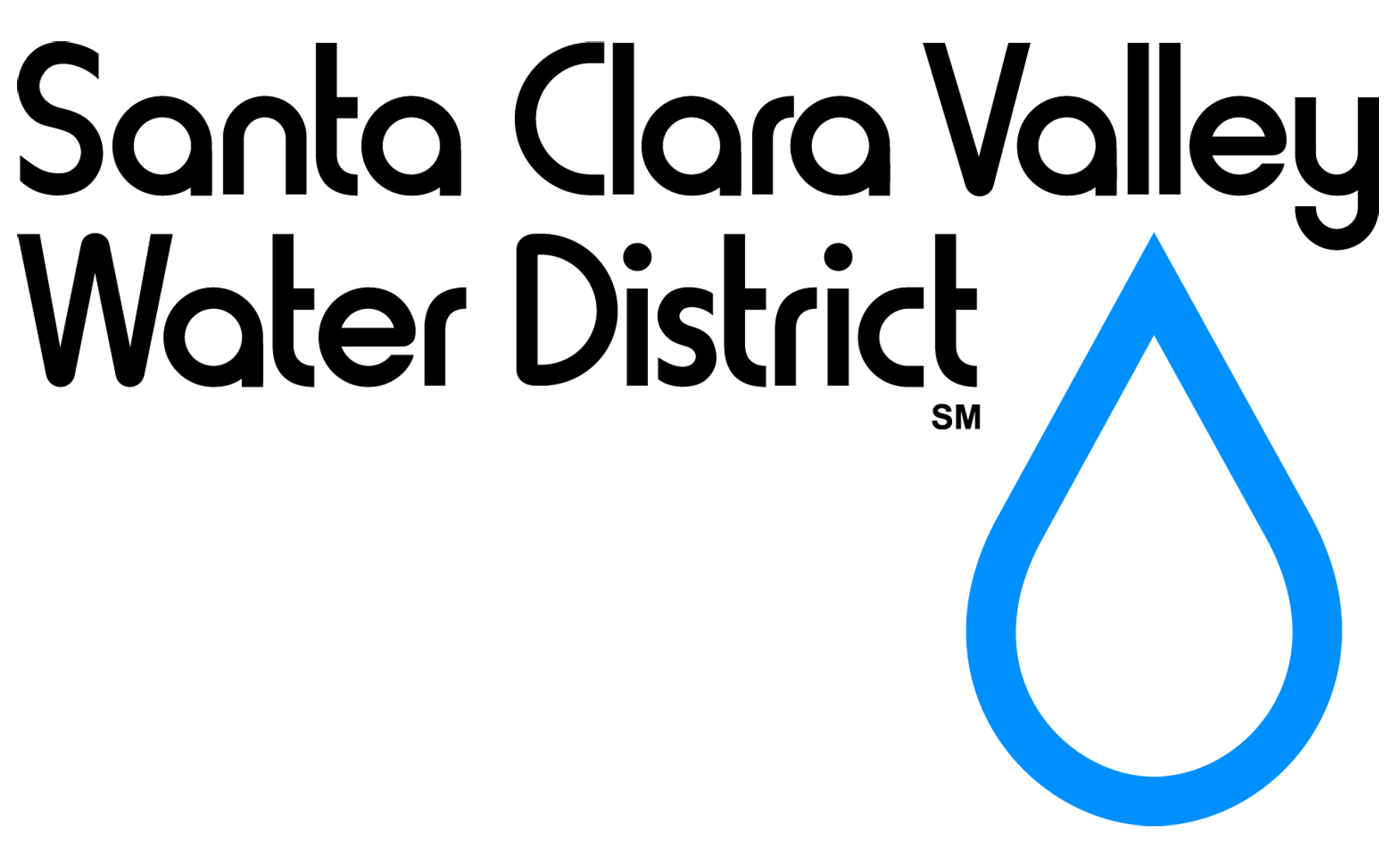Santa Clara Valley Water District board votes in favor of ‘WaterFix’ project
District set to spend $650M as part of $17B project to carry water through the Delta
Published in the May 30 – June 12, 2018 issue of Gilroy Life
 The Santa Clara Valley Water District Board of Directors voted 4-3 to participate in the California WaterFix project, the state’s proposed plan to improve the infrastructure that carries water through the Sacramento-San Joaquin Delta. This vote is in line with the board’s Oct. 17 vote which offered conditional support to the project and asked that the state consider a lower-cost, scaled-down and phased project.
The Santa Clara Valley Water District Board of Directors voted 4-3 to participate in the California WaterFix project, the state’s proposed plan to improve the infrastructure that carries water through the Sacramento-San Joaquin Delta. This vote is in line with the board’s Oct. 17 vote which offered conditional support to the project and asked that the state consider a lower-cost, scaled-down and phased project.
However, the circumstances surrounding the WaterFix changed substantially. In April, the Metropolitan Water District (in Los Angeles) decided to fund the unsubscribed Central Valley Project portion of the WaterFix in addition to its State Water Project share. Metropolitan’s support reduced the financial risk to the Santa Clara Valley, but it also took a one-tunnel project or a phased project off the table.
 The Central Valley Project is a federal water transportation and supply system. The State Water Project is its California counterpart. The Santa Clara Valley Water District contracts with both systems to receive water imported through the Delta.
The Central Valley Project is a federal water transportation and supply system. The State Water Project is its California counterpart. The Santa Clara Valley Water District contracts with both systems to receive water imported through the Delta.
“The board’s vote today means that Santa Clara County will have a better chance of sustaining its imported water supply in the face of earthquakes, climate change and sea-level rise that threaten the Delta,” said Director Tony Estremera, one of the authors of the Guiding Principles that the board adopted in October to provide a framework for the board’s decision-making process. “Protecting water supplies for homes and businesses in Silicon Valley is a top priority, and we’re still working to get the best deal for the residents and businesses here. This is just the first step in a long effort to secure our water supplies.”
“We have a tremendous amount of negotiations to do to make sure that the taxpayers have good representation that is equitable,” said Chair of the Board Richard P. Santos.
The board’s vote encompassed 14 actions to support and participate in the WaterFix project; adopt the findings of the California Environmental Quality Act review; and authorize the CEO to negotiate terms and execute agreements. Their vote also directed staff to continue participating in discussions, negotiations and evaluations on water transfers, water supply alternatives and storage opportunities related to WaterFix and to bring terms and conditions back to the board for consideration. It adds consideration of a payment assistance program for low-income seniors and a per-acre-foot surcharge on water delivered through the project to be used for environmental and restoration efforts.
These actions are necessary to protect the region’s water supply, water officials said. The Delta is vulnerable to sea-level rise, climate change and flooding. The levees that make up the state’s water distribution system there are 50 years old and made mostly of dirt. Experts warn that a moderate-sized earthquake could collapse this system and put the local water supply at risk.
The California WaterFix is a $17-billion project to bring water from north of the Delta underground through two parallel tunnels to users south of the Delta, including Santa Clara County. The project is expected to cost the water district $650 million for design and construction costs.
The Santa Clara Valley Water District manages an integrated water resources system that includes the supply of clean, safe water, flood protection and stewardship of streams on behalf of Santa Clara County’s 1.9 million residents.
The district manages 10 dams and surface water reservoirs, three water treatment plants, an advanced recycled water purification center, a state-of-the-art water quality laboratory, nearly 400 acres of groundwater recharge ponds and more than 275 miles of streams. They provide wholesale water and groundwater management services to local municipalities and private water retailers who deliver drinking water directly to homes and businesses in Santa Clara County.
